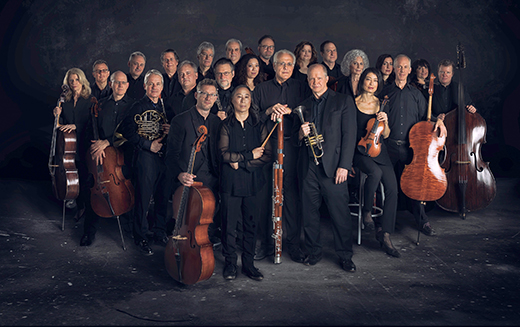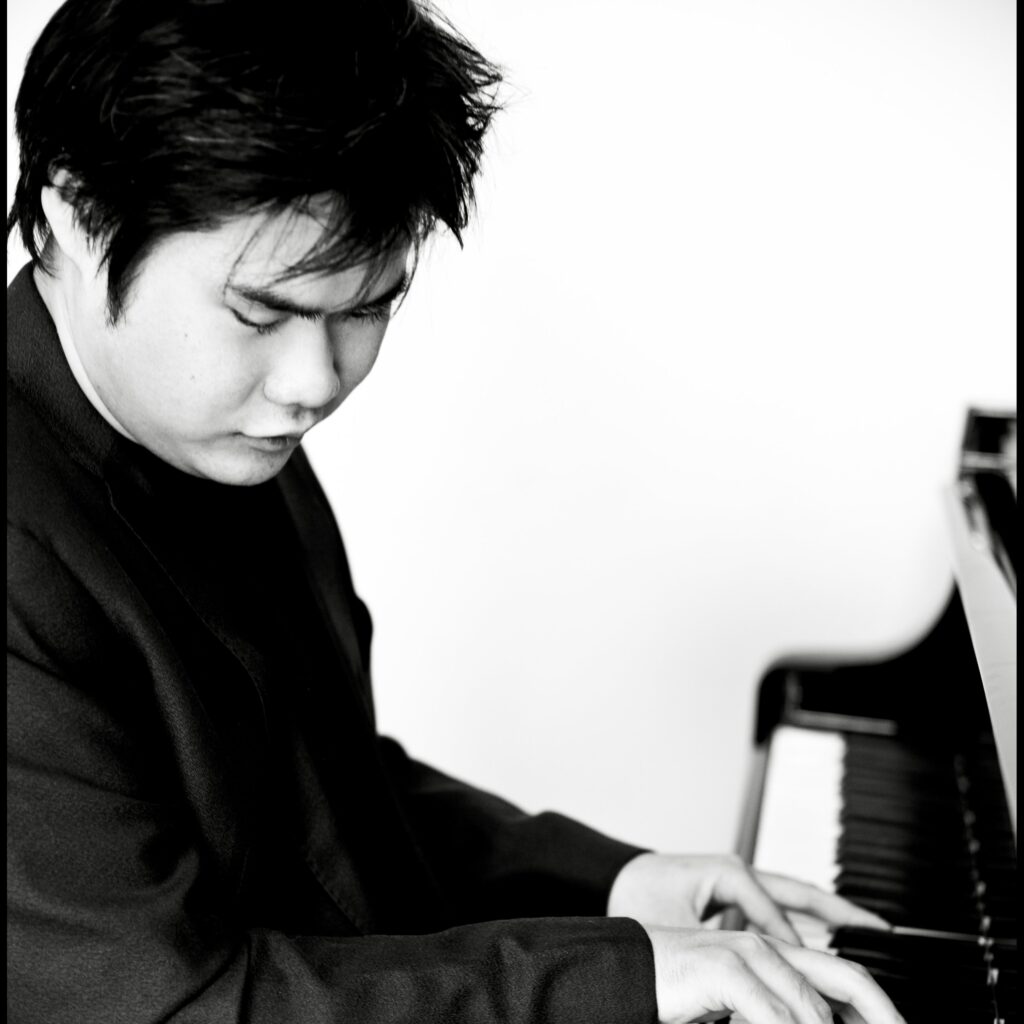Oddball Orpheus program brings mixed rewards at Kravis Center
Ask orchestral musicians which concertos have the dullest accompaniments and Chopin’s name is certain to come up.
As rich as the piano music may be, the orchestral parts of Chopin’s two piano concertos relegate the rest of the musicians largely to the dull duty of holding sustained notes as the soloist takes off in flights of lyricism and virtuosity.
The Orpheus Chamber Orchestra, founded in 1972 as a counter-cultural experiment in conductor-free performance, addressed this issue Saturday in a concert at the Kravis Center in West Palm Beach. They performed Chopin’s Piano Concerto No. 1 in a reorchestration by the composer Shuying Li who gave the musicians way more to do than Chopin did. If there were still passages when the orchestra remained far in the background, the arrangement gave the work more symphonic heft and power.
Handling the solo part was the Japanese pianist Nobuyuki Tsujii. Blind from birth, he had managed the stupendous feat of learning the classical piano repertory through Braille and with the assistance of other pianists. He went on to win the gold medal in the Van Cliburn International Piano Competition, appear with major orchestras and record a significant amount of piano literature.
Unfortunately, Tsujii’s performance of the concerto was uneven. He played Chopin’s rapid figurations with liquid ease, essential in a work that requires the pianist to perform feats of virtuosity without any outward signs of effort. In the last movement, he drew impressive power from the piano in sweeps up and down the keyboard anchored by a powerful bass. But in the expressive melodies with which the work abounds, his hard-edged tone and flat phrasing left the music feeling monotonous, colorless and earthbound.
Responding to cheers and a standing ovation, Tsujii played an encore of Chopin’s “Revolutionary” Etude, setting a headlong pace and using wide dynamics to give the performance extra excitement.
The concert opened with the world premiere of Vibran, by the Brooklyn-born flutist and composer Nathalie Joachim, now a professor of composition at Princeton. Commissioned to compose the work by Orpheus, Joachim, whose family is from Haiti, wrote that she was trying to capture a moment of joy in the Caribbean version of the Carnival festival.
The work opened slowly, with glowing winds, strings and vibraphone, triadic harmonies and a simple three-note motif, sounding like sunrise on a perfect day. The middle section gained energy, speed and volume, with a few hints of dissonance. Then the tranquil tone of the opening returned, with flights of melody in the strings against the opening three-note motif, sounding like a happy time remembered. The short piece was an attractive and sunny way to open the concert.
The second half was devoted to a weird orchestral arrangement of Robert Schumann’s solo piano work, Carnaval. The piece consists of 21 short movements that paint portraits of the composer’s friends and colleagues as revelers in the raucous pre-Lent festival for which the work was named.
Schumann, who had aspired to be a concert pianist and would go on to marry one of the most famous pianists in Europe, composed only for that instrument in the first part of his career. The instrument was integral to the music, so his piano works may not have been the most obvious candidates for orchestration..
The arrangement by Zachary Wadsworth, Canadian-American composer, pianist and tenor, used the full resources of the orchestra, which had the odd effect of rendering the work less expressive.
Melodies moved quickly from strings to winds to brass, with a timpani thumping away for much of the piece. Gradations of mood and color that had been provided by the pianist were now done by shifting the melody through different sections of the orchestra.
With all these instruments contributing to the sound, the music took on a raucous tone. While this quasi-humorous orchestration may have captured the anarchic spirit of the festival more authentically than Schumann’s music, it lost much of the poetry.
The Kravis Center’s classical series continues at 7:30 p.m. Jan. 29 with the Cleveland Orchestra conducted by Franz Welser-Möst performing Oliver Knussen’s Cleveland Pictures, Prokofiev’s Symphony No. 5 and Bruch’s Violin Concerto No. 1 with soloist Nikolaj Szeps-Znaider. kravis.org
Posted in Performances
Leave a Comment
Mon Jan 22, 2024
at 9:45 am
No Comments

